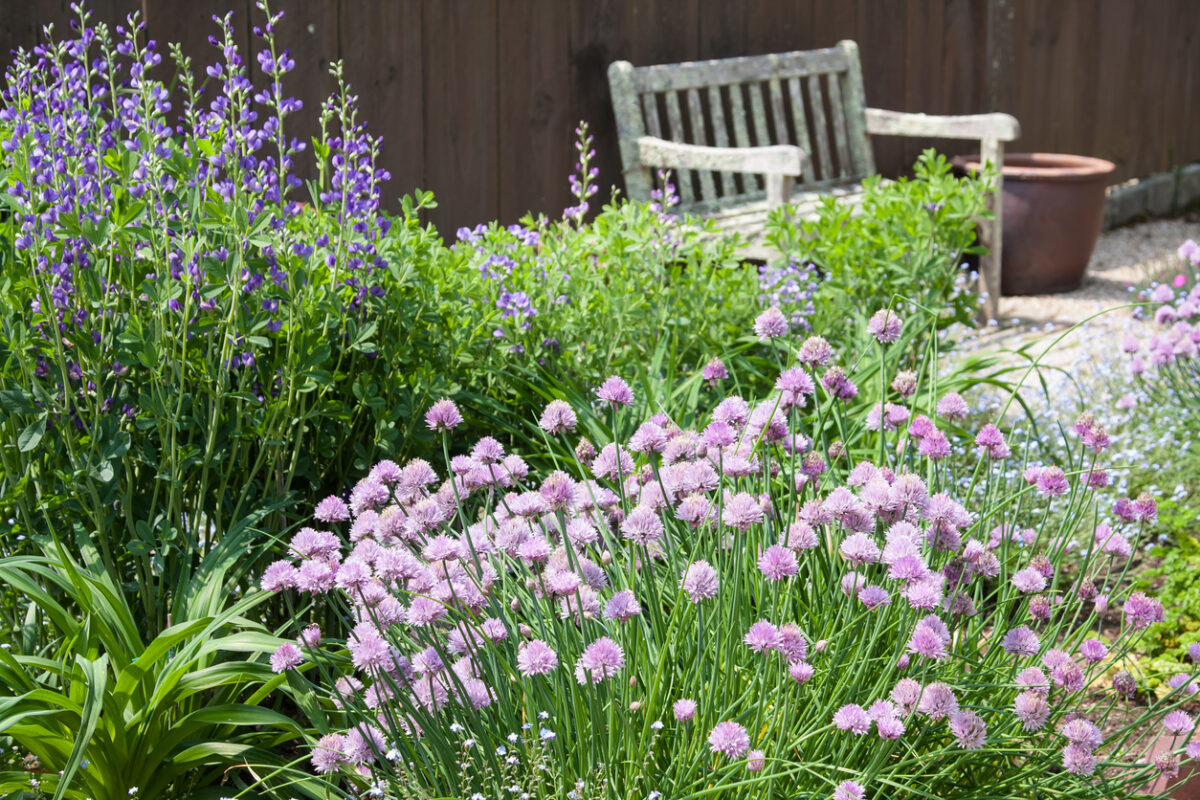We may earn revenue from the products available on this page and participate in affiliate programs. Learn More ›
You can enjoy the benefits of aromatherapy year-round by planting a garden that enhances your mood, relieves stress, and improves your well-being. Aromatic plants make excellent additions to outdoor spaces because they naturally release essential oils into the air when their leaves are rubbed or crushed. They also can be used in cooking and home remedies, making them useful multitaskers in any garden.
The good news is that you don’t have to dedicate an entire garden to aromatherapy plants in order to notice an improvement in the way your property smells. Adding just a few of these plants to your existing garden can turn your landscape into a scented oasis.
1. Lavender (Lavandula spp.)
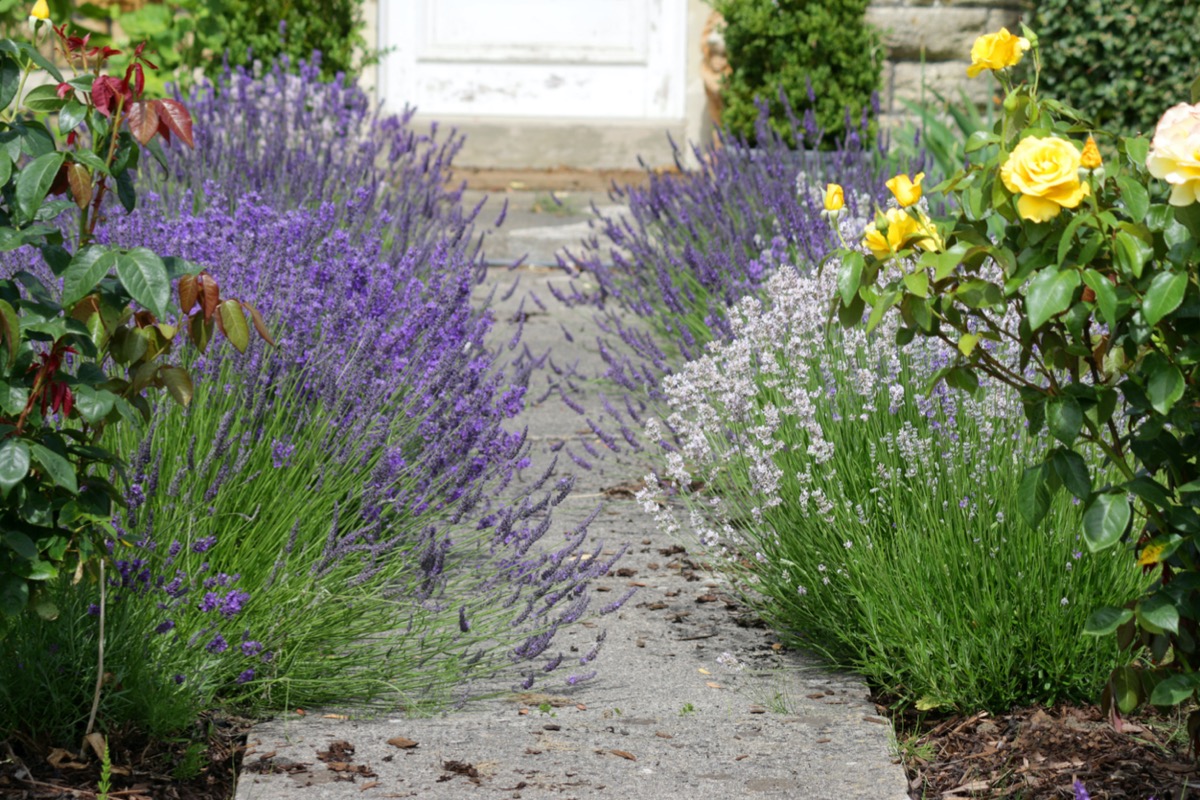
One of the most popular aromatherapy plants is lavender, which is no surprise considering that it’s one of the best-smelling flowers around. The sweetly scented plant has long been believed to relieve stress, soothe wounds, aid with poor sleep, and ease menstrual pain. The essential oil from these fragrant perennials is also used in aromatherapy for depression and anxiety.
2. Chamomile (Matricaria or Chamaemelum)
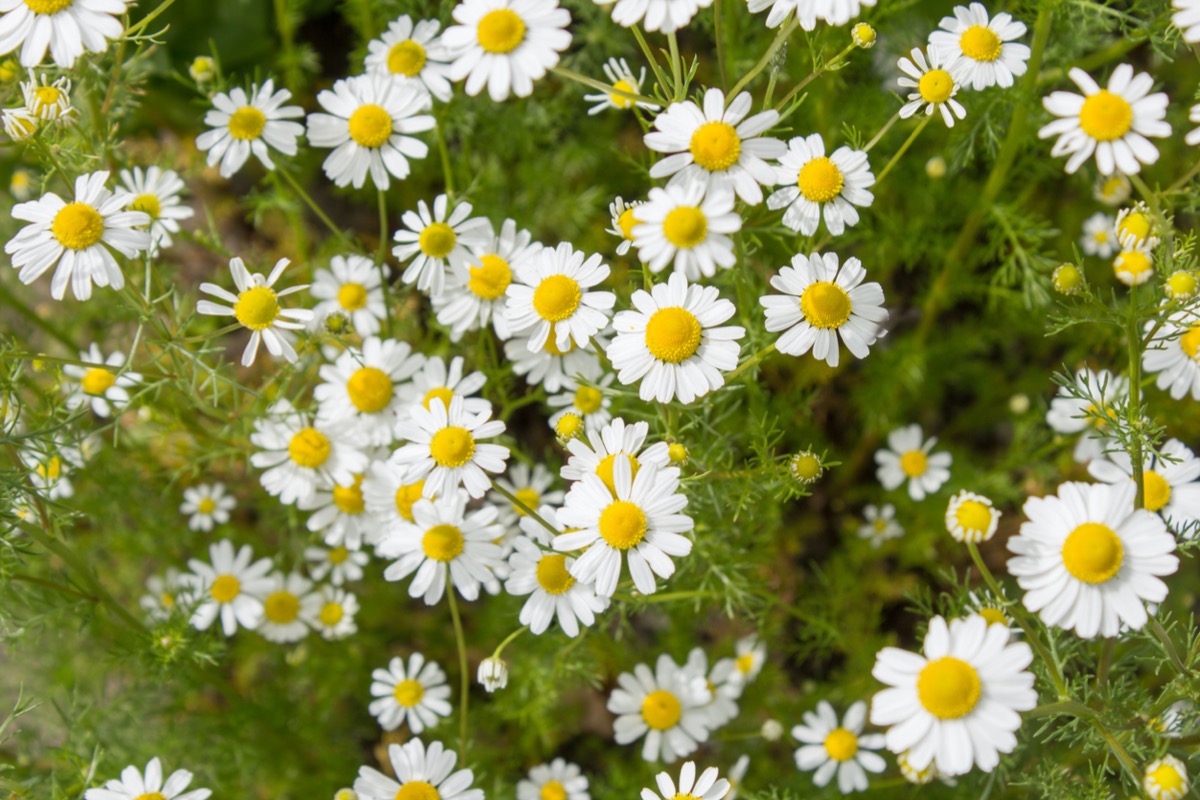
Chamomile is a beautiful garden plant with fragrant flowers and a long history of use in herbal medicine. There are many chamomile species, but the two most commonly used for aromatherapy are German and Roman chamomile (Matricaria chamomilla and Chamaemelum nobile, respectively). Both species have similar medicinal uses, but Roman chamomile has a slightly more pleasant aroma, which is why it is a popular ingredient in cosmetics. In addition to its lovely smell, chamomile is said to have skin-healing properties, too.
3. Eucalyptus (Eucalyptus globulus)
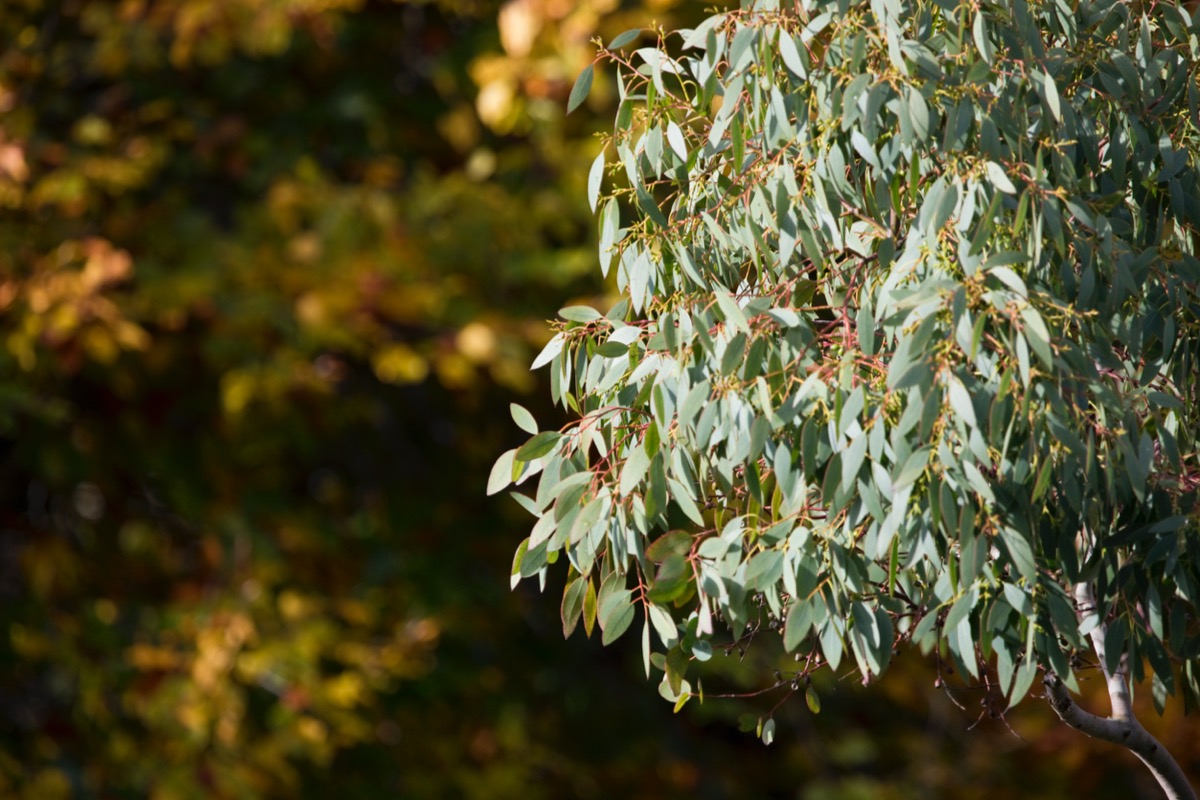
Eucalyptus is an excellent addition to an aromatherapy garden, and not just because its scent wafts yards away from the plant’s plot. To use the plant for aromatherapy purposes, place crushed eucalyptus leaves in a diffuser or boil them on the stovetop with water. The vapors might help relieve sinus congestion when inhaled or soothe minor wounds when applied topically. Eucalyptus oil can also be extracted from certain types of eucalyptus for use in all-natural insect repellents.
4. Mint (Mentha spp.)

Mint is a popular herb with a bevy of uses. It adds flavor to food and beverages, and it has health and wellness benefits. It can be used as an essential oil or as a tea. Its aroma and medicinal properties being linked to stress and pain relief, as well as appetite stimulation and digestive support. Best of all, it’s easy to grow and care for, making it an ideal choice for novice gardeners and those who don’t have a lot of time on their hands.
5. Jasmine (Jasminum spp.)
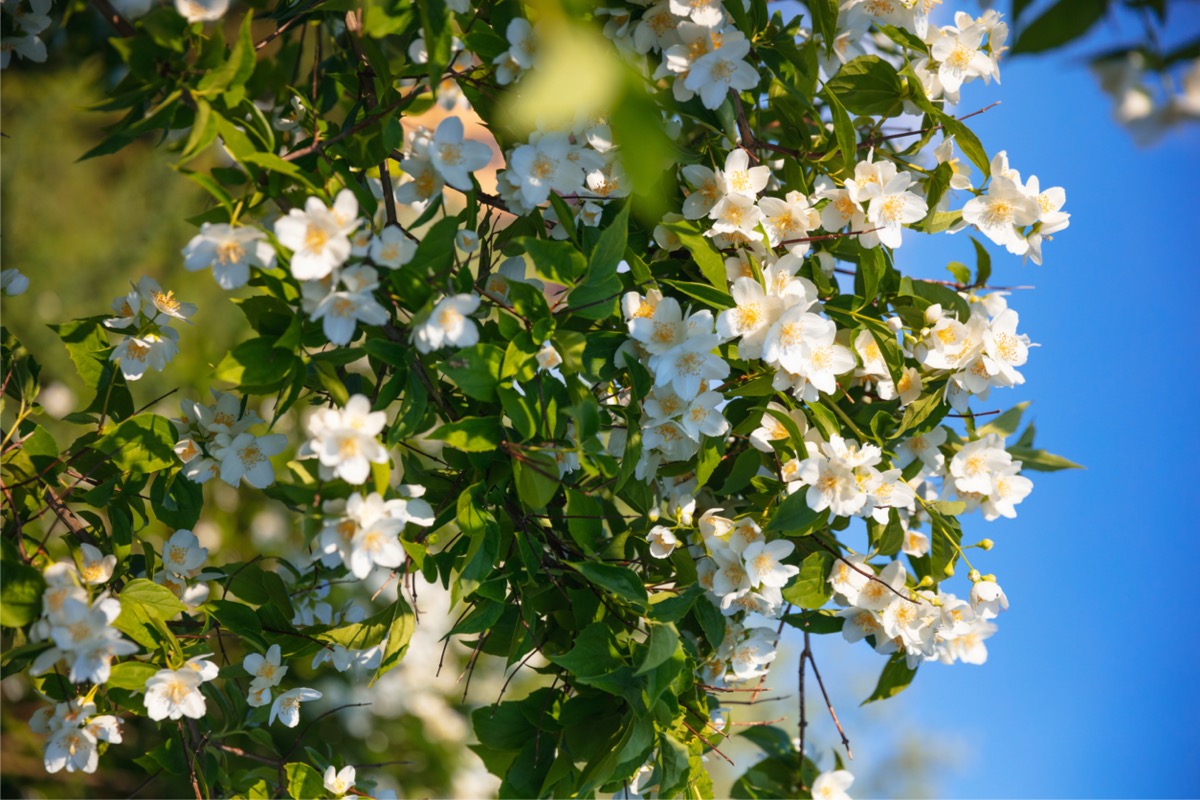
Jasmine is a traditional ingredient in both perfumes and aromatherapy products. Its white aromatic flowers bloom in the evening, producing a stimulating aroma after the sun goes down. Essential oil is extracted from its sweet-smelling flowers and its rich, floral fragrance makes it a favorite ingredient of perfume manufacturers. Jasmine is also used in teas, and its extract is believed to help relieve stress, headaches, depression, anxiety, and PMS symptoms.
6. Lemon Balm (Melissa officinalis)
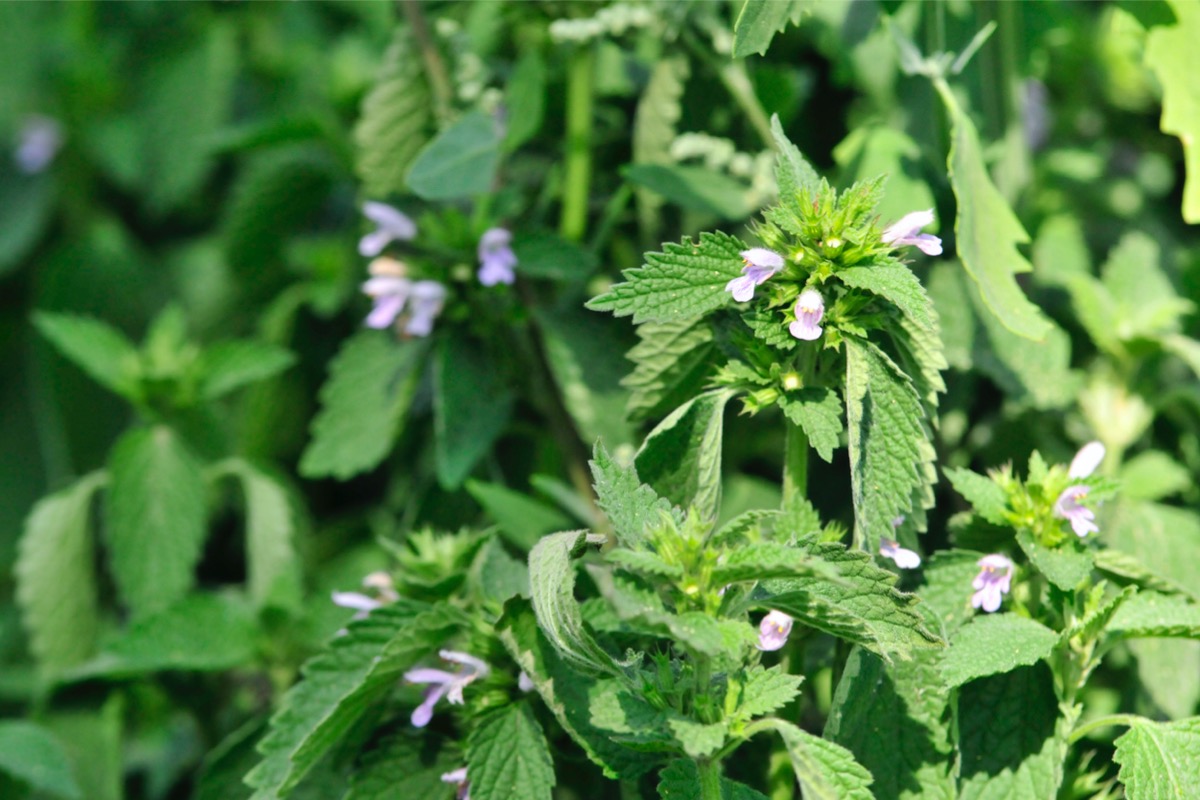
When looking for plants that smell good, you can’t go wrong with lemon balm. It’s a wonderful plant to grow for herbal teas and aromatherapy, and lemon balm extract is thought to promote sleep and ease indigestion. Its bright, lemon-scented leaves make a refreshing tea, and the dried leaves can be used in potpourri. Dry the leaves by hanging them upside down in bunches out of direct sunlight.
RELATED: 11 Florals That Will Give Your Garden an English Cottage Feel
7. Sage (Salvia officinalis)
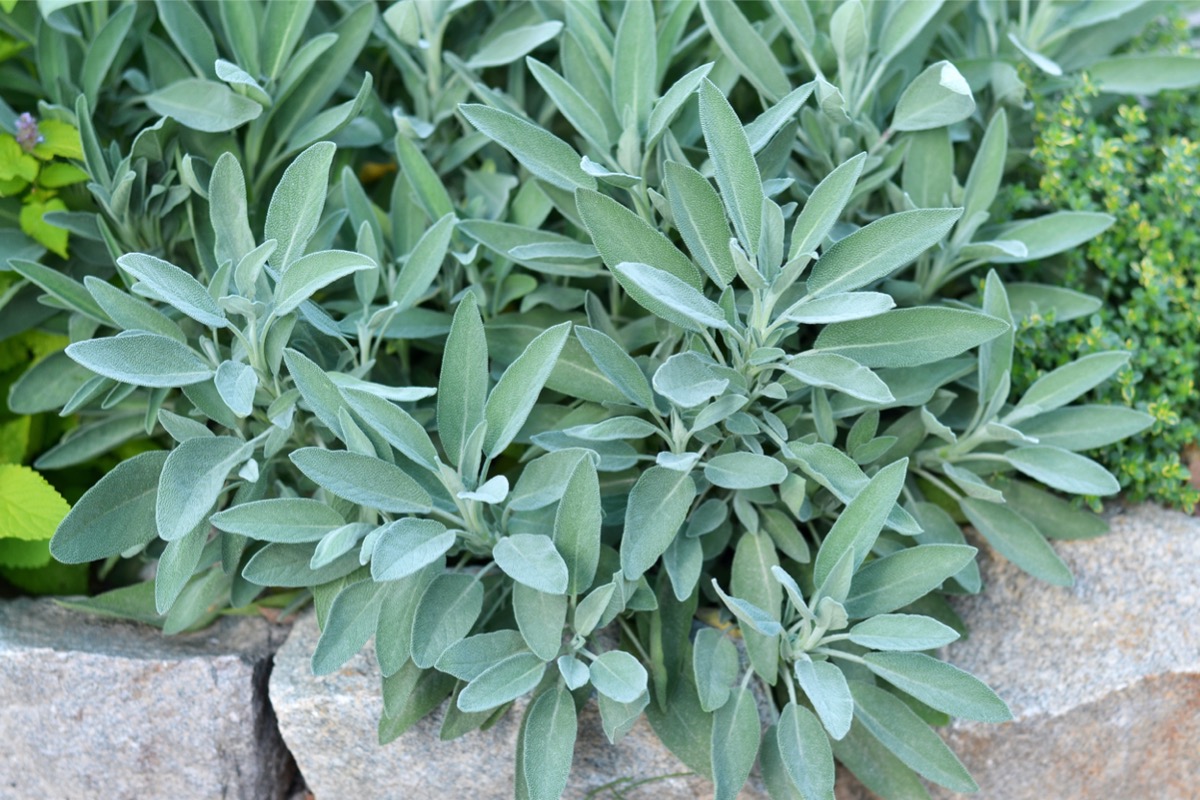
Sage is another herb with known mood-enhancing properties. It’s held that the smell of sage calms nerves, reduces stress, and even improves memory. Essential oil extracted from sage leaves is rich in antioxidants and anti-inflammatory properties. These properties might also soothe sore muscles and treat skin conditions, as well as ease upset stomachs and menstrual pain.
8. Rosemary (Salvia rosmarinus)
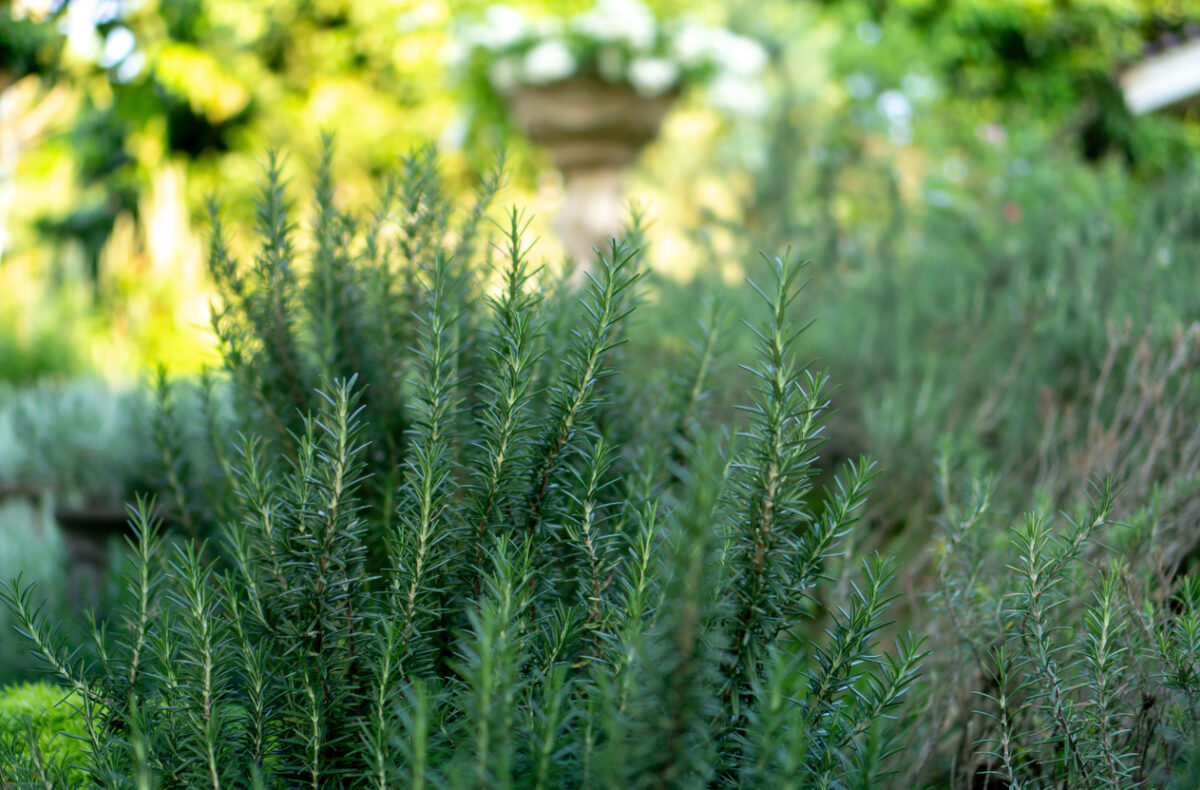
While rosemary may be most commonly known for its uses in cooking, it’s also an excellent herb to grow for aromatherapy. It’s beloved in folk medicine, and its essential oil is used for a wide variety of purposes, both preventive and curative. It can be used as a pain reliever and is believed to relieve stress and tension. Some research even suggests rosemary improves memory function and cognitive performance.
9. Lilac (Syringa spp.)
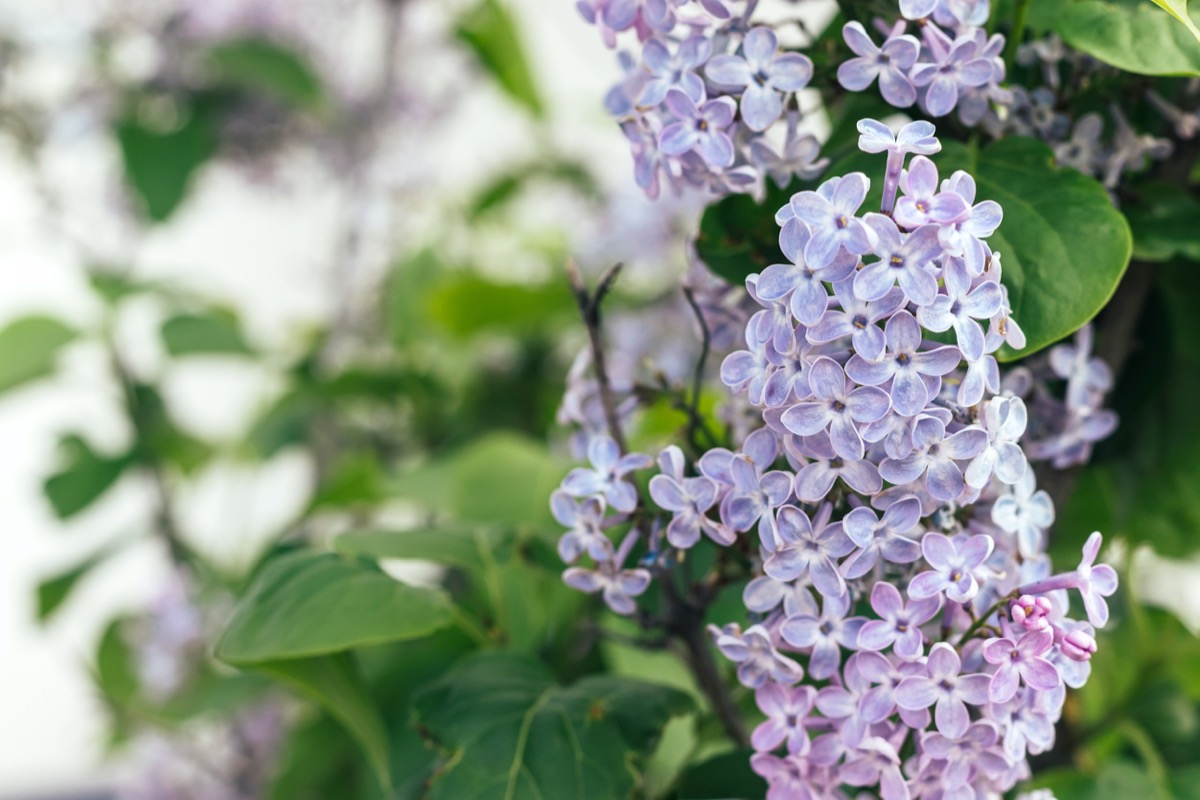
Lilac’s dramatic purple blooms aren’t just gorgeous—they also have a strong fragrance that induces a better mood while you’re in the garden. With its sweet and intoxicating scent, lilac eases tension and lifts spirits, and some even claim that lilac oil can increase concentration and boost mental activity when inhaled. Bring a bouquet of cut lilacs inside to let their powerful scent permeate your home.
10. Basil (Ocimum basilicum)
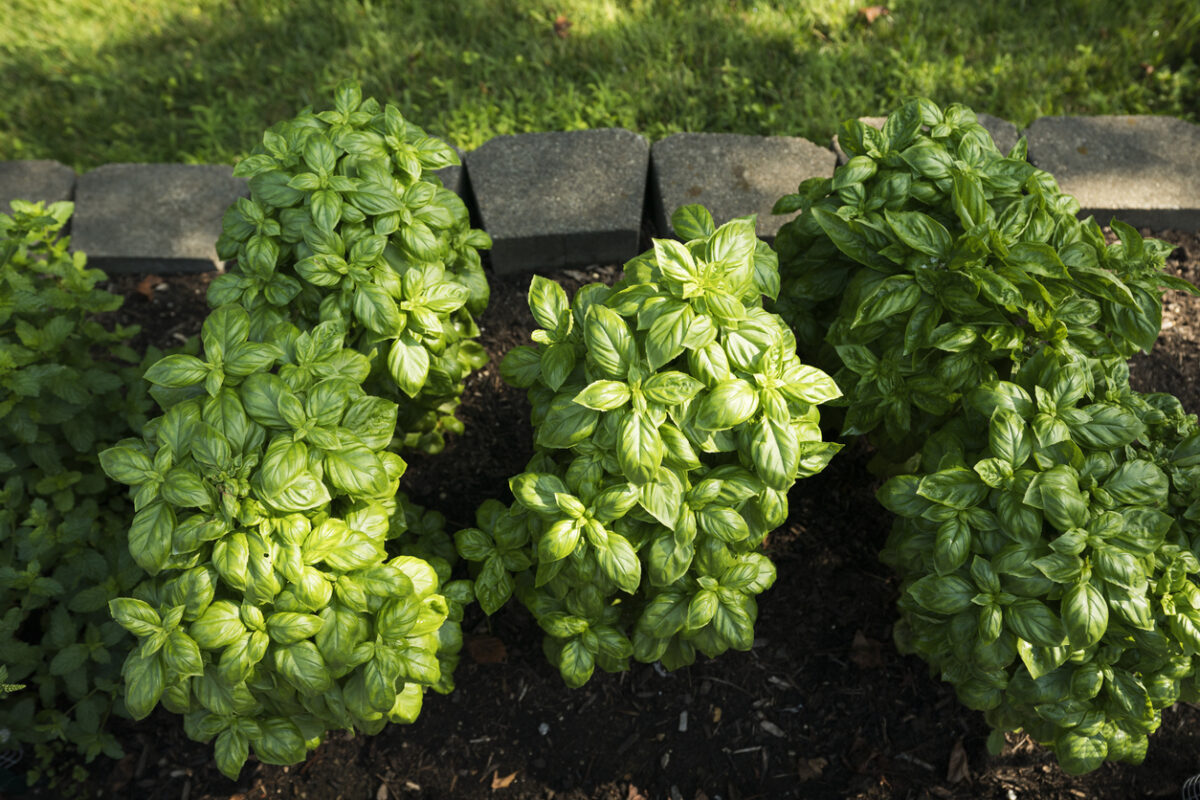
Basil is another popular cooking herb, and it has many aromatherapy uses, as well. Basil oil is often used in aromatherapy products, especially blends formulated to enhance concentration and mental clarity. Its scent is believed to help with depression and anxiety and boost memory, and basil oil might also improve blood circulation and reduce inflammation when used topically.
RELATED: The Best Plant Subscription Boxes, Tested and Reviewed
11. Fennel (Foeniculum vulgare)

Fennel is a tall flowering plant with a strong aroma. In many parts of the world, fennel is an invasive weed. But it’s also grown for its culinary uses, especially in Mediterranean cuisine.
Aromatherapists use fennel oil to reduce water retention, treat indigestion, and encourage lactation in nursing mothers. Its seeds have been used throughout history to treat colic, bronchitis, and menstrual problems. Additionally, fennel tea is a great home remedy for colds, flus, and upset stomachs.

